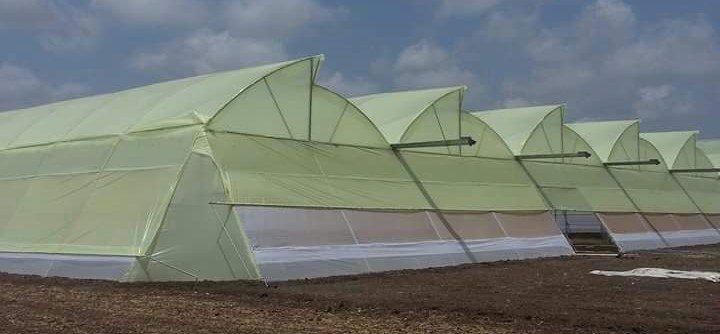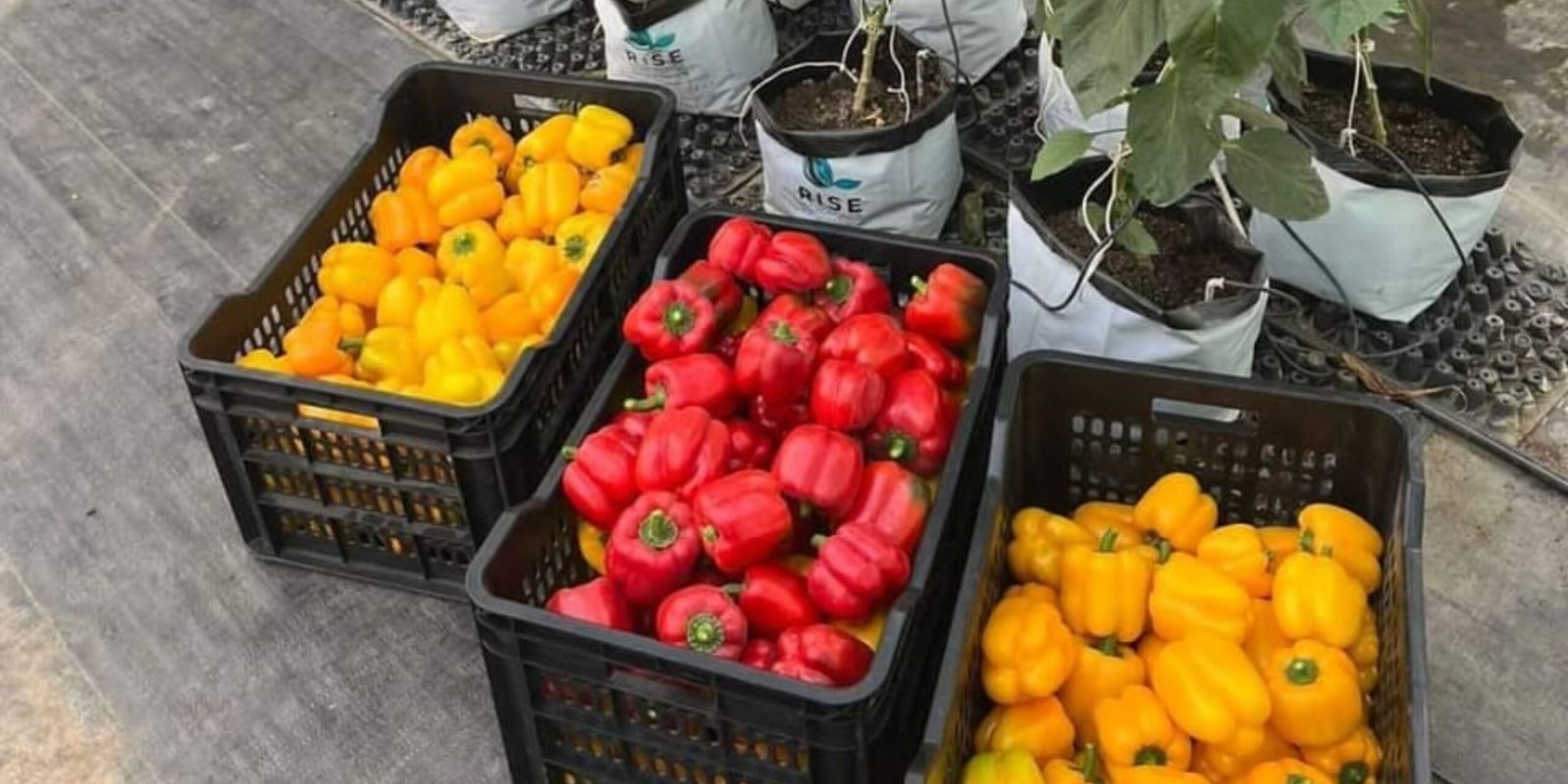Introduction
Greenhouses have revolutionized farming in India by enabling year-round cultivation and protecting crops from adverse weather conditions. This blog explores the benefits, types, and uses of greenhouses, highlighting their growing importance in modern agriculture.

What is a Greenhouse?
A greenhouse is a structure covered with transparent materials like glass or polycarbonate, designed to create a controlled environment for plants. It regulates temperature, humidity, and light, fostering optimal growth conditions for a wide variety of crops.
Benefits of Greenhouses in India
Greenhouses offer numerous advantages, such as increased productivity, protection from extreme weather, reduced pest infestations, and the ability to grow off-season crops. They are especially valuable for high-value crops like strawberries, exotic vegetables, and flowers, which require controlled conditions.
Types of Greenhouses
- Glass Greenhouses: Ideal for maximum light transmission, commonly used for research and high-value crops.
- Polycarbonate Greenhouses: Lightweight and cost-effective, offering good insulation.
- Plastic Film Greenhouses: Popular in India for their affordability and effectiveness in controlling humidity and temperature.
Popular Crops Grown in Greenhouses
Farmers in India use greenhouses to grow tomatoes, capsicum, lettuce, strawberries, orchids, and gerbera flowers. These crops thrive in controlled environments, yielding better quality and higher profits.
Challenges and Solutions
While greenhouses require significant investment and maintenance, government subsidies and training programs make them more accessible to Indian farmers. Regular maintenance of ventilation, irrigation, and temperature control systems ensures optimal performance.
Conclusion
Greenhouses are transforming Indian agriculture by enabling sustainable farming practices and improving crop yields. With growing awareness and support, greenhouses hold the potential to address food security challenges and boost farmer incomes.


